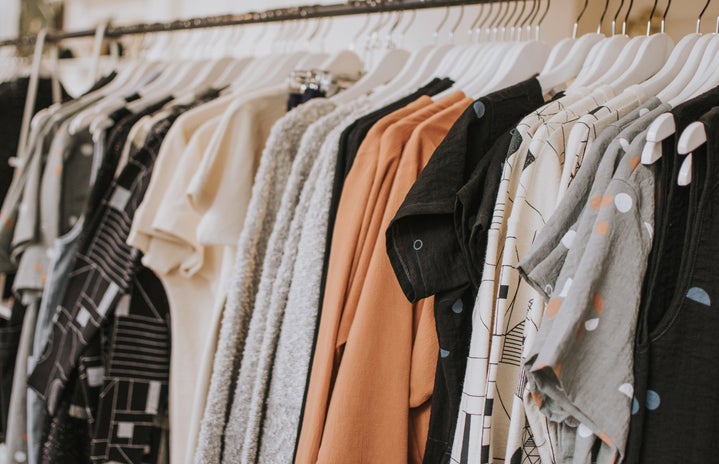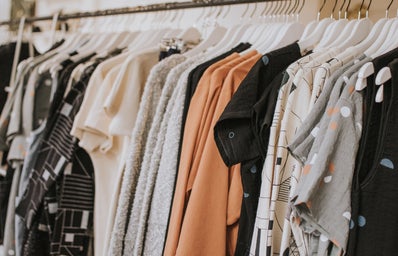Perhaps Euphoria’s most artistic and playful looks come from the closet of Jules Vaughn (Hunter Schafer), the eclectic new girl in town. A close analysis of her styling reveals parallels between her plotlines and inner turmoil regarding her gender crisis, which comes to the surface during her special episode between seasons. Costume designer Heidi Bivens wanted Jules’ calibre of colourful fits to be fun and striking and looked to the “real teens” of Gen Z to evolve Jules’ authentic, playful looks. Here is an analysis of Jules’ style evolution from when we first meet her riding her iconic bike.
Jules first embraces our screens with a 2000s bubble-gum aesthetic, that is strongly influenced by the Sailor Moon franchise. We often see her in pleated tennis-style skirts and cropped baby tees that accentuate her sought-after femininity. Eagle-eyed viewers may have clocked that Jules’ style in season 1 conforms to what Nate is attracted to (“He liked tennis skirts and jean cut-offs”). Her cutesy style foreshadows her relationship with Nate, and generally appeals to the male gaze. Bivens mentions that Jules spends the season seeking approval from men as a confirmation of ‘conquer[ing] her femininity’ and creating a fantasy for the people she craves attention from.
However, viewers witness a shift in her style towards the end of the first season. Jules begins to experiment with darker, bolder colours, reciprocating the turbulence of her relationships with Nate and Rue. As Rue’s struggle with sobriety escalates, she becomes heavily reliant on her best friend and Jules’ fun pastel colours are drained of their vivacity. Jules’ once hyper-feminine style becomes much grungier and she loses the creativity that set her forward as a fan favourite. Jules’ character arc portrays her newfound self-empowerment: Bivens made it clear through costuming and makeup that she is no longer concerned with male attention.
The special episode shot through the lens of Jules’ therapy appointment, reveals that she feels like ‘femininity conquered [her]’. We also find out more about Jules’ fractured upbringing in this episode, as well as later in season 2, which is intrinsically linked to the way she presents herself through her fashion choices. We learn about her disapproving alcoholic mother, explaining Jules’ experimentation with colours and silhouettes in high school: a place where she is free from her mother’s criticism. We find out that Jules is considering coming off her hormones and is battling with her identity. Thus, we see a much more androgynous look from the blonde, which proceeds into the second season.
Season two marks a defining volta in Jules’ fashion sense. She begins to embrace her own style and rejects the markers of traditional womanhood. An example of this is through makeup: Jules contrasts the class black winged eyeliner that Maddy has adopted as part of her signature look, and inverts that with white eyeliner that defies the conventional femininity we see in the series. As her triangular friendship with Rue and Eliot blossoms, we see the interchangeability of the trio’s aesthetic; they all influence each other’s style, and we completely lose the pastel anime vibe that Jules once served.
Potentially the starkest change in Jules’ look is her new blunt haircut. For years, long blonde hair has been the epitome of femininity, notably from the Renaissance era. We see this in Jules’ Halloween costume based on Baz Luhrmann’s adaptation of Romeo & Juliet, as well as Levinson’s art historical compilation in season 2 referencing Botecelli’s Birth of Venus. Both references suggest that conventional femininity has been a lingering insecurity and goal for her throughout the series. The sudden chop helps Jules’ escape her internal torment and evolve into her true self.
Renowned for its visual aesthetics, Euphoria uses fashion as a device to complement each character’s storyline. It clearly deciphers what stage Jules is at during her identity crisis and alludes perfectly to the action of the series. The stunning visuals of both seasons have set high hopes for season three and leaves us intrigued as to how Jules’ fashion will continue to evolve.


